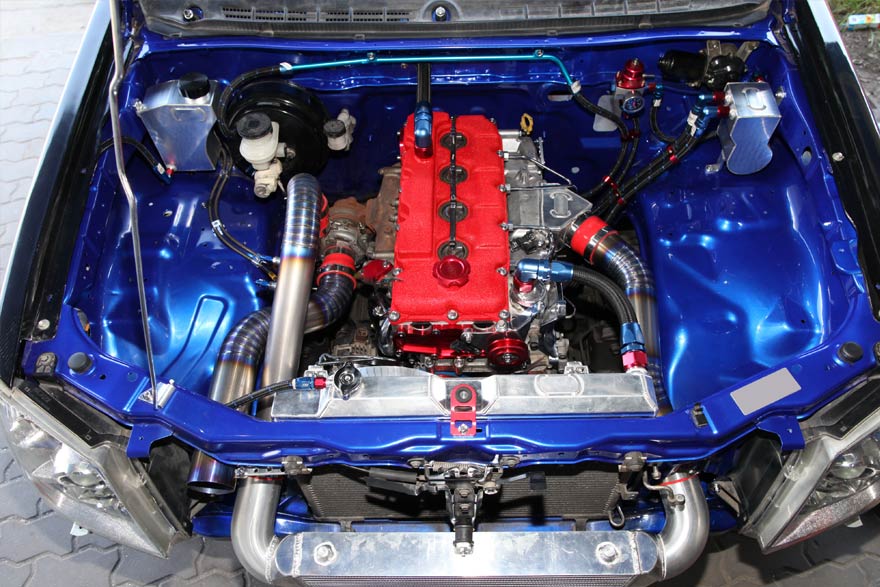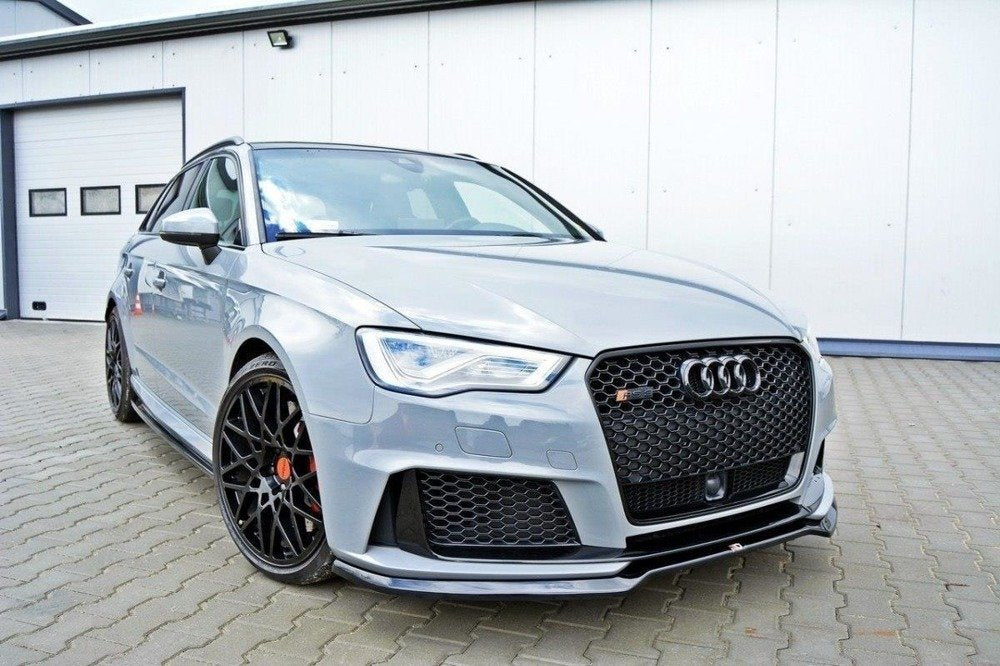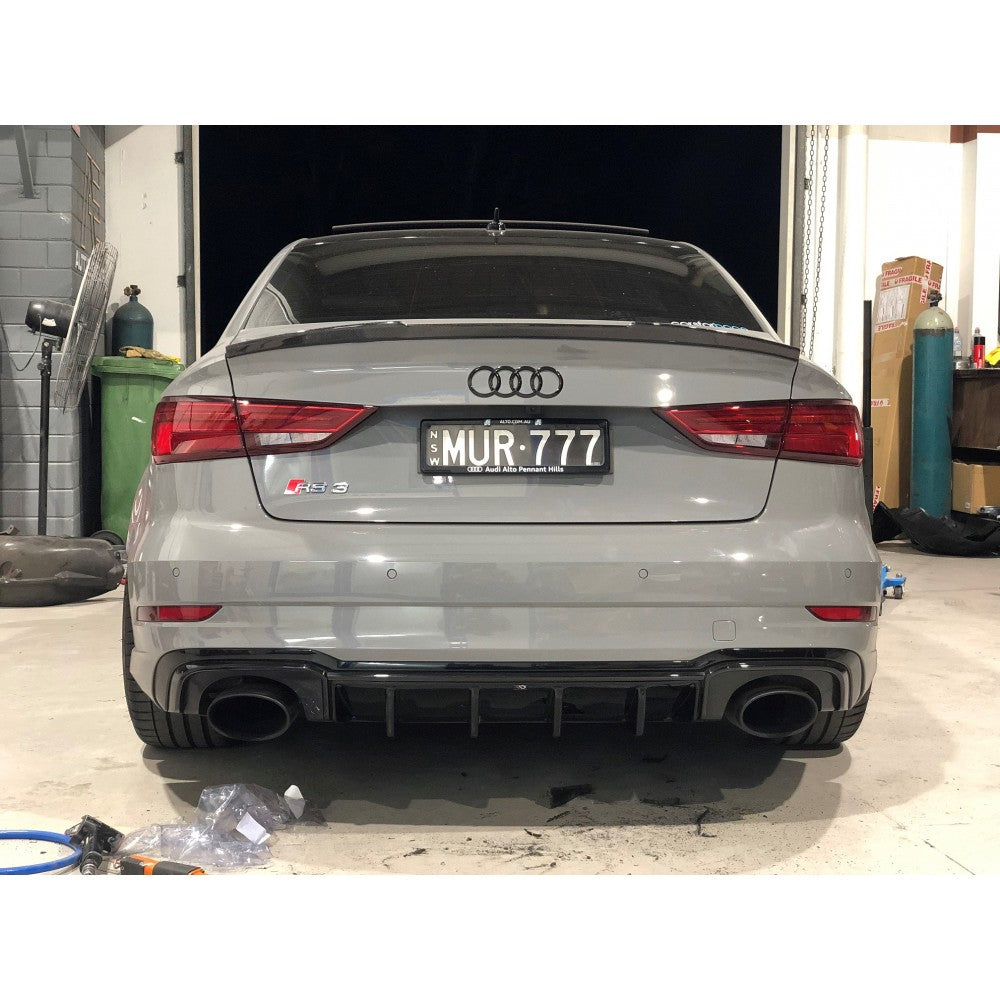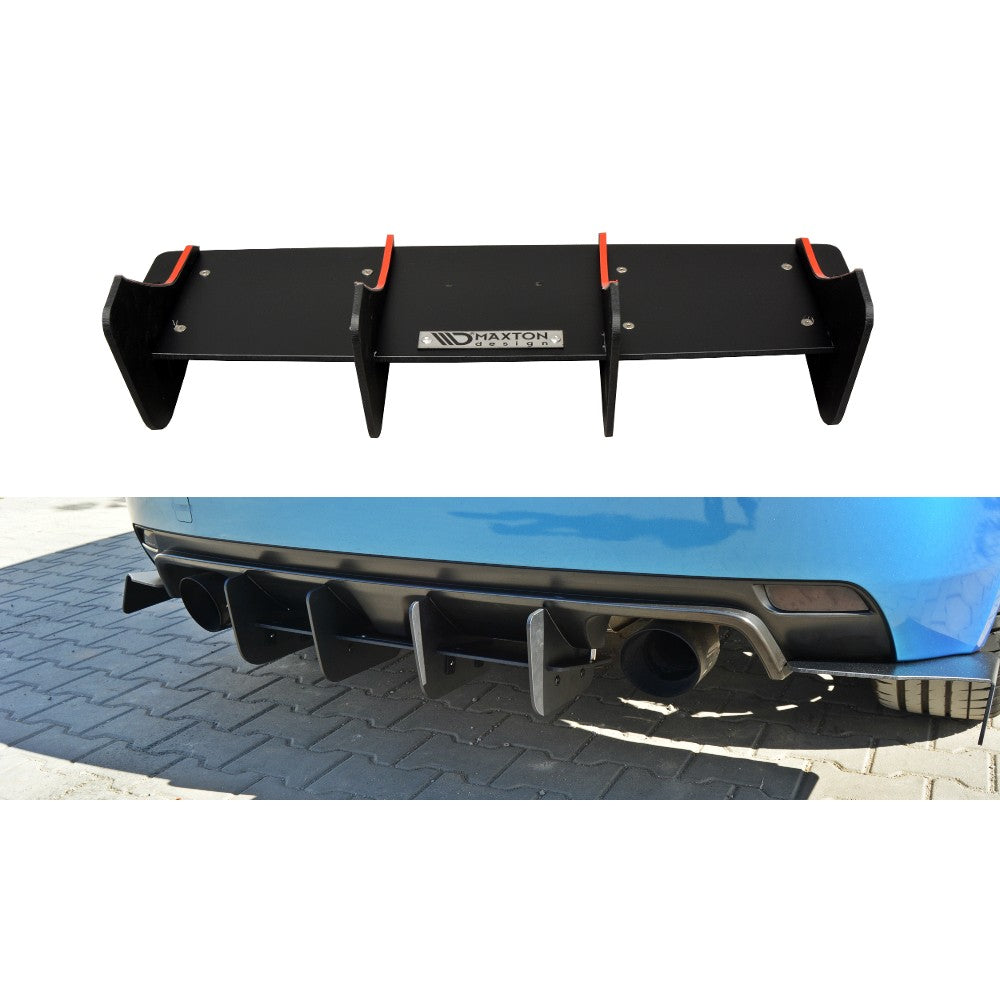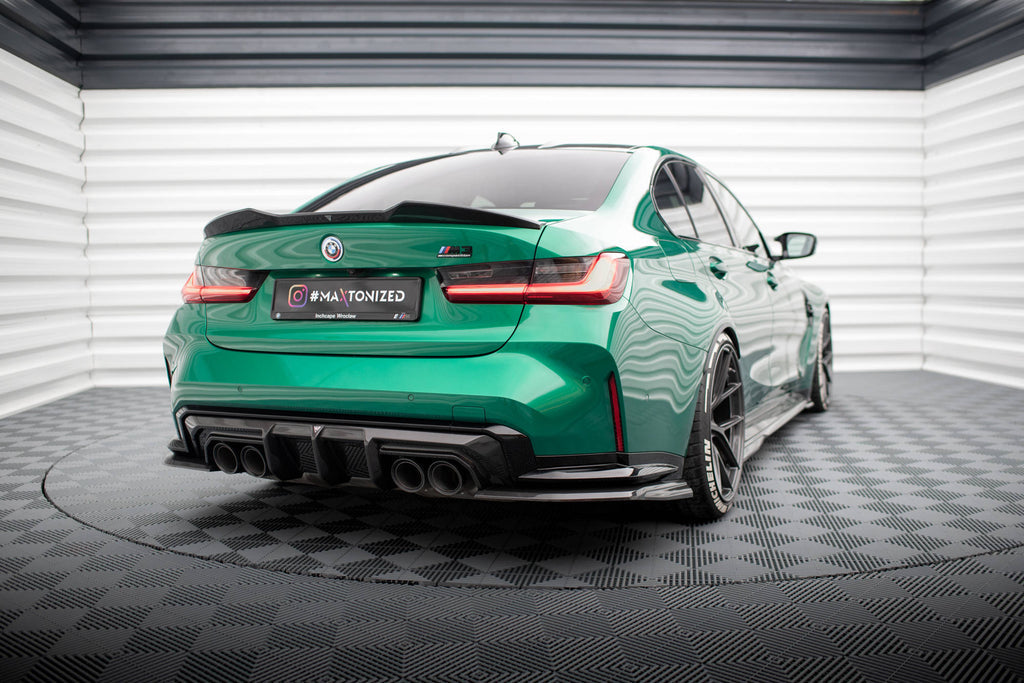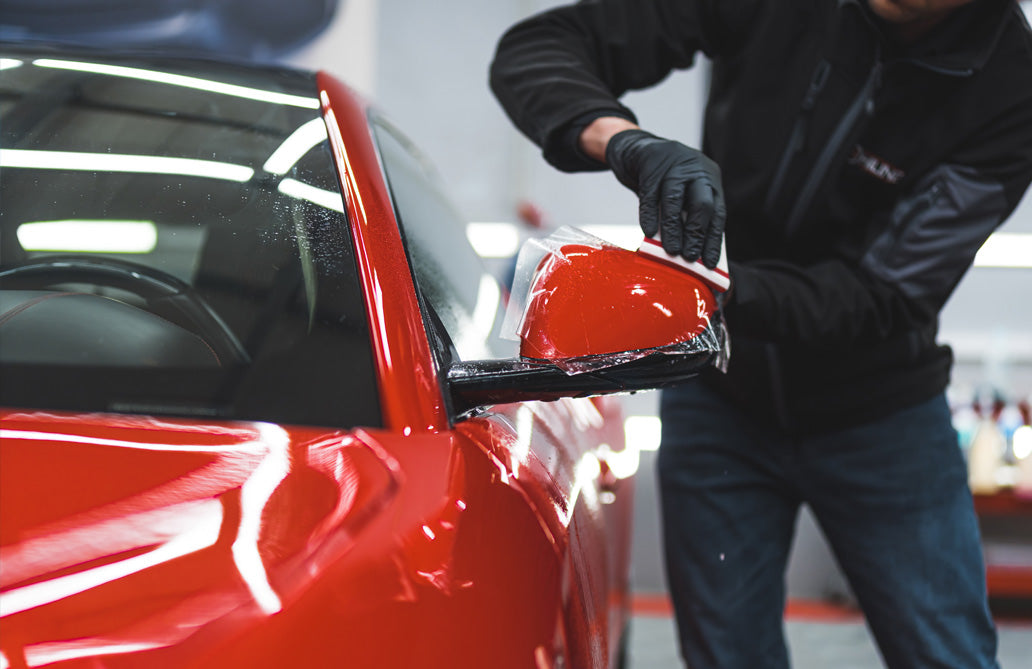Key Takeaways:
- Intercoolers help to cool compressed air and reduce the risk of detonation in the engine.
- An intercooler can increase horsepower output in turbocharged or supercharged cars but will not make a significant difference in naturally aspirated engines.
- There are two main types of intercoolers: air-to-air and air-to-water intercoolers.
- An aftermarket intercooler may be worth power gains of between 5% - 10% above what an OEM intercooler may provide.
If you’re thinking about modding your car to crank up its performance, you’ve probably thought about getting an intercooler. The question of whether or not an intercooler increases horsepower has been raised in many car forums in recent times.
We’re going to explore that in this article, and see if we can find a definitive answer to the question. We’ll also look at the different kinds of intercoolers available to see what might be the right mod for your car.
What Is an Intercooler?
An intercooler is an air cooling device designed to cool the air fed into a car’s engine. It is mainly used in turbocharged or supercharged cars, because the process of compressing air in turbochargers or superchargers causes the air destined for the engine to heat up.
By helping to cool this compressed air down as it flows to the engine, the intercooler reduces the risk of detonation in the engine. It also makes the compressed air denser as it enters the intake manifold, which causes a richer air-to-fuel mix in the engine’s cylinders. The result is increased power output.
So, the answer to the question is yes! An intercooler does help to increase horsepower. But if your car’s engine is naturally aspirated, it doesn’t really need an intercooler. This is because the temperature of the air fed to such an engine via the radiator and cooling system ducts is already low. Adding an intercooler to an aspirated engine setup won’t make much difference to the engine’s output.
Let’s look at the different kinds on intercoolers you might want to mod your engine with.

OEM Intercoolers Vs. Aftermarket Intercoolers
Turbocharged or supercharged cars come equipped with stock intercoolers. To keep production costs low, most car manufacturers install small intercoolers that get the job done, but just to the minimum.
OEM intercoolers may serve well in normal, everyday driving situations where you are driving at average speeds. They may not be as effective when you are engaging in more spirited or higher-performance driving, such as on a track. Your engine may overheat when you do that.
If you intend to enhance the performance of your car, you ought to consider getting a larger, more efficient intercooler. This is even more important if you are planning on adding ECU remaps or other mods of different kinds.
How Much More Horsepower?
Several aspects have to be taken into consideration when determining just how much more horsepower an intercooler adds to your engine’s overall output.
Most intercooler manufacturers aim for at least 70% efficiency in being able to cool compressed air for the turbocharger/supercharger. Additional aspects also come into play. These include: the air pressure drop that is caused by the design of the intercooler and its piping; the size and type of the intercooler; or the position of the intercooler in your car’s engine bay.
Depending on all these variables, an aftermarket intercooler may be worth power gains of between 5% - 10% above the gains that an OEM intercooler may provide.

Types of Intercoolers
There are of two main types of intercoolers. These are:
Air-to-air Intercoolers
These are the most common intercoolers, largely because they are cheaper, easier to install, and easier to maintain. They rely on the flow of air to their cores to cool the compressed air that flows through them. For this reason, they have to be exposed to outside airflow.
Their design is also simple. They have an inlet that lets in hot air from the turbocharger/supercharger; a large, stretched core with fins through which the hot air passes to the other end; and an outlet that is connected with the engine’s intake manifold. Air-to-air intercoolers are found in two types, top-mount intercoolers and front-mount intercoolers.
Top-mount Intercoolers
Top-mount intercoolers are mounted on top of the engine. Most cars that have top-mount intercoolers have hood-scoops that feed the intercooler with fresh air while those cars are moving, such as the Subaru WRX. They also feed air into the engine quicker because of the much shorter piping required, which helps to reduce turbo lag.
However, because of the limited space in the engine bays of most cars, top-mount intercoolers tend to be small. They are also more prone to heat soak because of their proximity to the engines upon which they are mounted.
Front-mount intercoolers
Front-mount intercoolers are mostly found mounted in front of a car’s radiator. Because of their location, they are more exposed to outside airflow. Front-mount intercoolers also tend to be larger because they stretch across the front of the car.
If you are looking to achieve modest gains in horsepower for more engaging street-driving, an aftermarket top-mount intercooler can serve you very well. However, if you intend to achieve serious horsepower gains - and maybe even race your car regularly on tracks — a front-mount intercooler would be the better choice for you.
Air-to-water Intercoolers
Unlike air-to-air intercoolers that rely on airflow from the outside, air-to-water intercoolers use water to cool engine-bound air from the turbocharger. Because of this, air-to-water intercoolers come with several other components like an auxiliary radiator, a water pump, a water reservoir, a thermostat, and extra piping.
The main heat exchanger is positioned near the engine’s inlet manifold to ensure that the air it cools does not heat up again before it enters the engine. The water that flows through its many small tubes cools the hot air that flows from the turbocharger as it passes through.
This water in the heat exchanger also heats up in the process. But, as it does so, it is pumped out to an auxiliary radiator that cools it down. The cooled water from the auxiliary radiator is then sent back to the main heat exchanger via a water pump, and the process repeats itself.
Because of their nature, air-to-water intercoolers are pricier and more difficult to install, and more maintenance-intensive. However, they are more efficient than air-to-air intercoolers in terms of their air-cooling capability. For this reason, they are mostly found in very high-powered vehicles, such as race cars.

Conclusion
While the answer to the question of whether or not an intercooler increases horsepower is a resounding “yes”, it’s clear that the amount of horsepower can vary greatly. It all depends on your vehicle, how you intend to use it, and the type of intercooler you end up going with.
If you need additional information about intercoolers and what they can do, get in touch with us at AusBody Works. We have been providing our customers with top-quality, affordable body kits for years. As an authority in the Australian automotive aftermarket industry, we can give you the information you need to seriously crank up the performance of your car.

